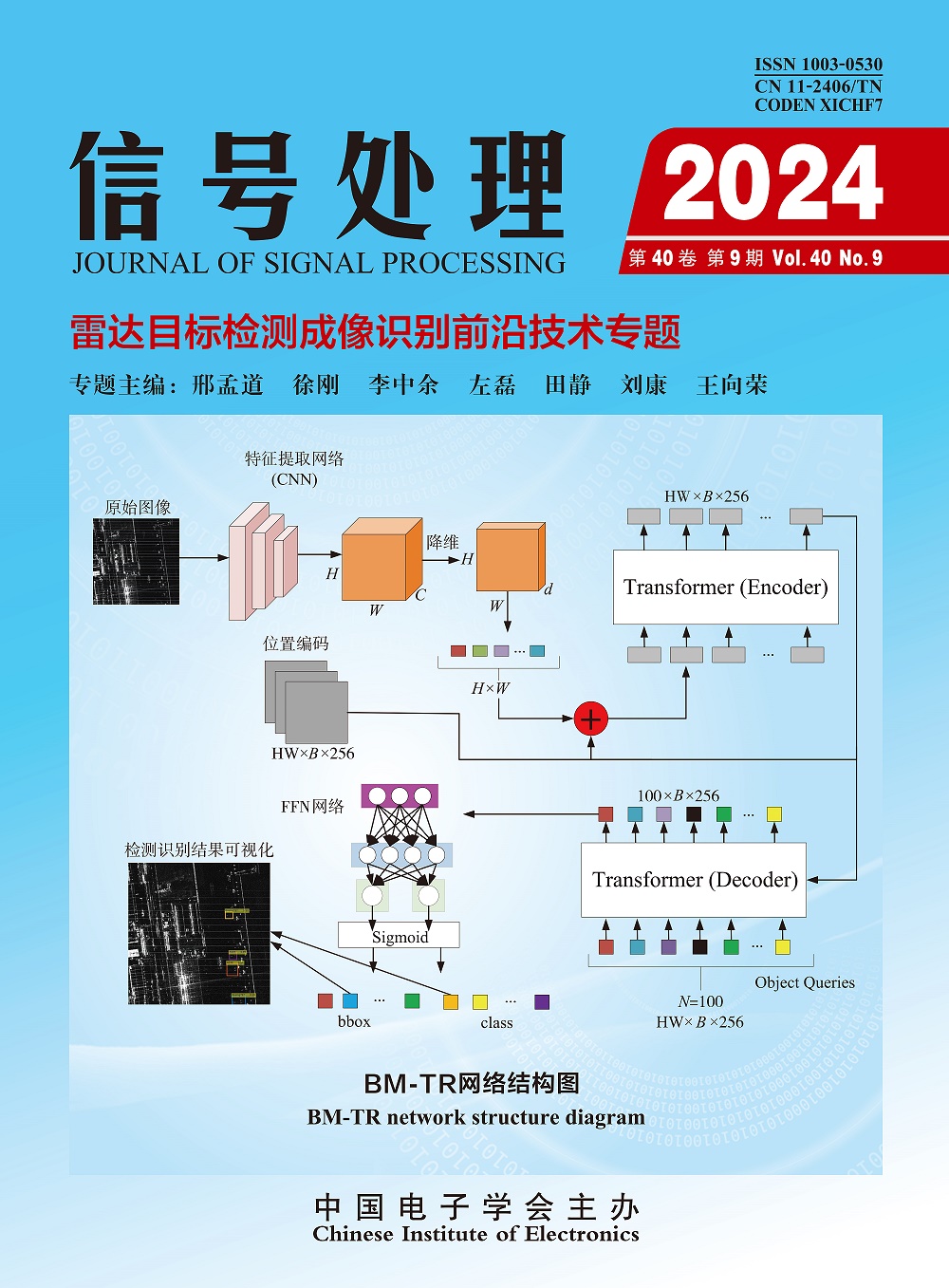稀疏阵列测向中元素位置优化
引用次数: 42
摘要
由于稀疏阵列能够以较低的成本提供准确的估计,因此对到达方向(DOA)估计具有吸引力。在这个问题中,一个非常有趣的问题是确定产生最佳DOA估计性能的元素位置。这个问题的一个主要困难是定义一个合适的性能度量来优化。提出了一种新的单元位置优化准则。Weiss-Weinstein界的模糊阈值(1985)用于优化稀疏线性阵列的元素位置。将优化得到的阵列与文献中提出的其他稀疏阵列结构进行了比较。本文章由计算机程序翻译,如有差异,请以英文原文为准。
Optimization of element positions for direction finding with sparse arrays
Sparse arrays are attractive for direction-of-arrival (DOA) estimation since they can provide accurate estimates at a low cost. A problem of great interest in this matter is to determine the element positions that yield the best DOA estimation performance. A major difficulty with this problem is to define a suitable performance measure to optimize. A novel criterion is proposed for optimizing element positions. The ambiguity threshold of the Weiss-Weinstein bound (1985) is used to optimize the element positions of a sparse linear array. The array obtained from the optimization is compared with some other sparse array structures that have been proposed in the literature.
求助全文
通过发布文献求助,成功后即可免费获取论文全文。
去求助
来源期刊
自引率
0.00%
发文量
5812
期刊介绍:
Journal of Signal Processing is an academic journal supervised by China Association for Science and Technology and sponsored by China Institute of Electronics. The journal is an academic journal that reflects the latest research results and technological progress in the field of signal processing and related disciplines. It covers academic papers and review articles on new theories, new ideas, and new technologies in the field of signal processing. The journal aims to provide a platform for academic exchanges for scientific researchers and engineering and technical personnel engaged in basic research and applied research in signal processing, thereby promoting the development of information science and technology. At present, the journal has been included in the three major domestic core journal databases "China Science Citation Database (CSCD), China Science and Technology Core Journals (CSTPCD), Chinese Core Journals Overview" and Coaj. It is also included in many foreign databases such as Scopus, CSA, EBSCO host, INSPEC, JST, etc.

 求助内容:
求助内容: 应助结果提醒方式:
应助结果提醒方式:


